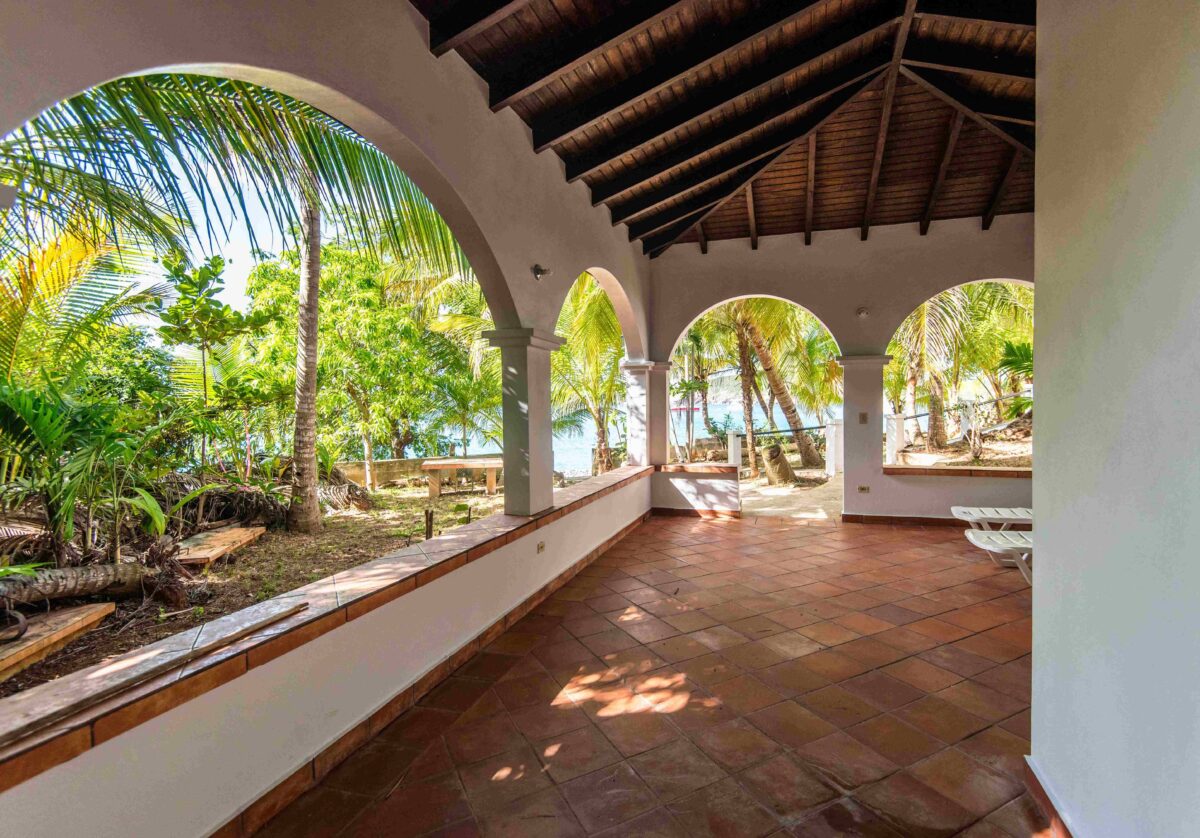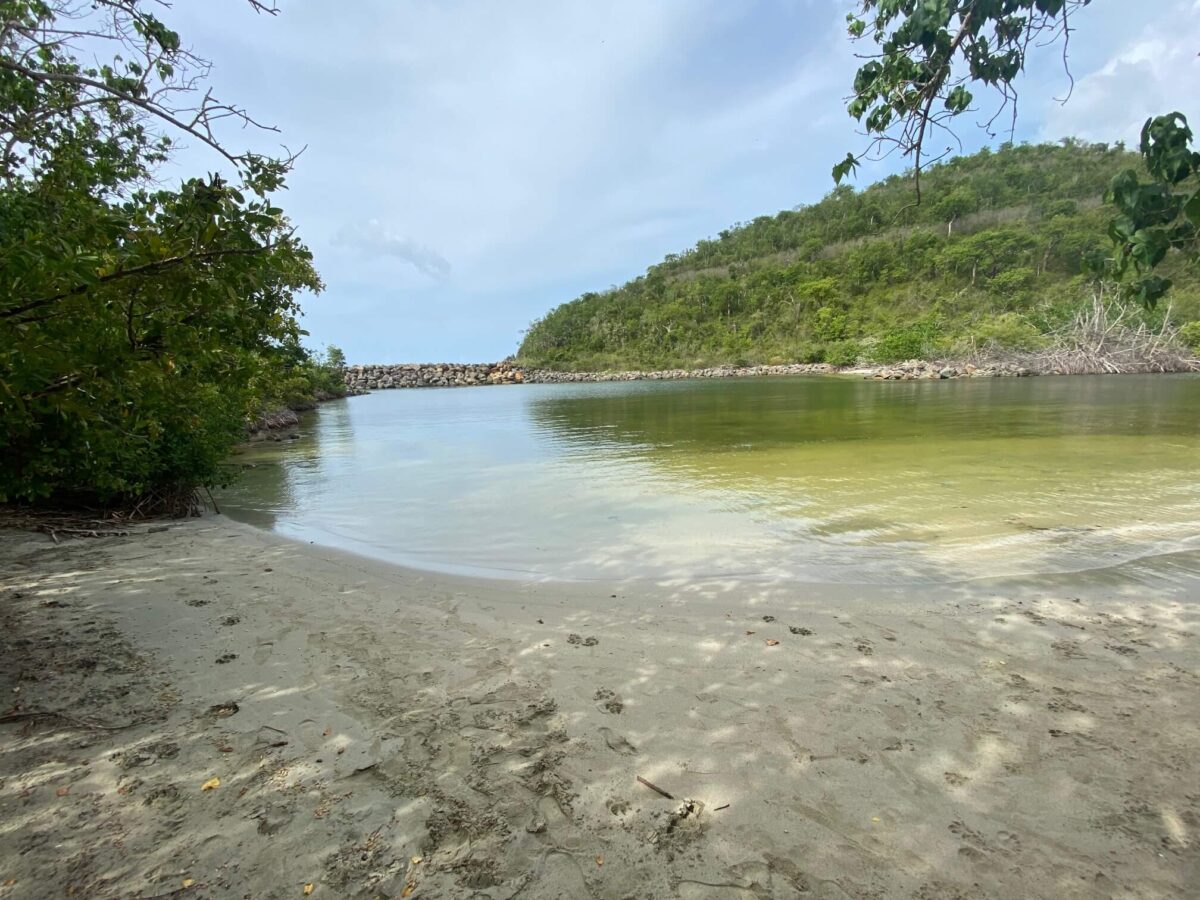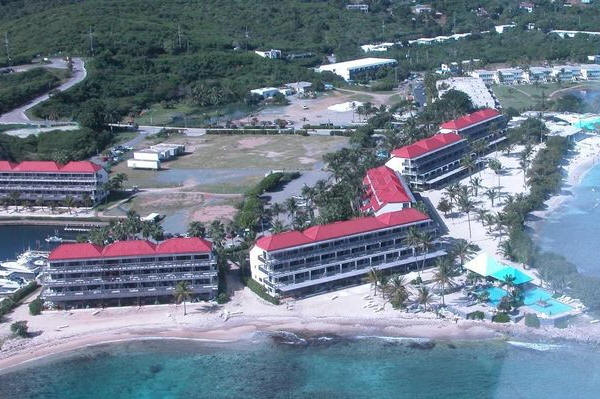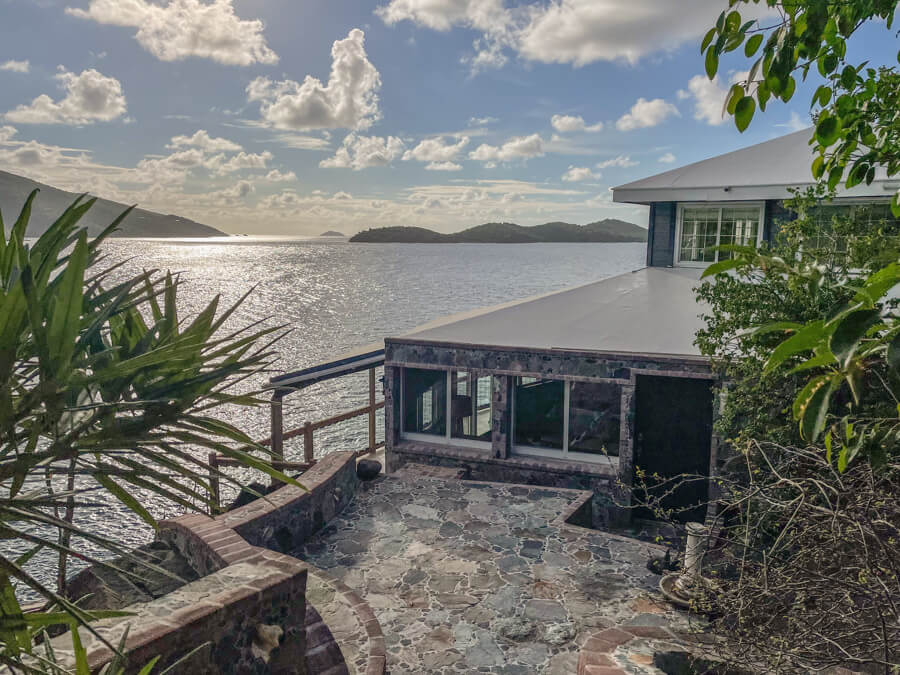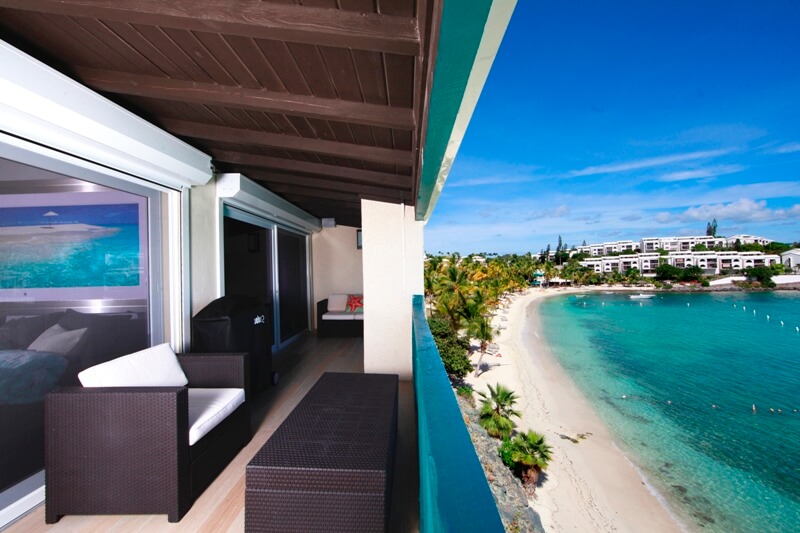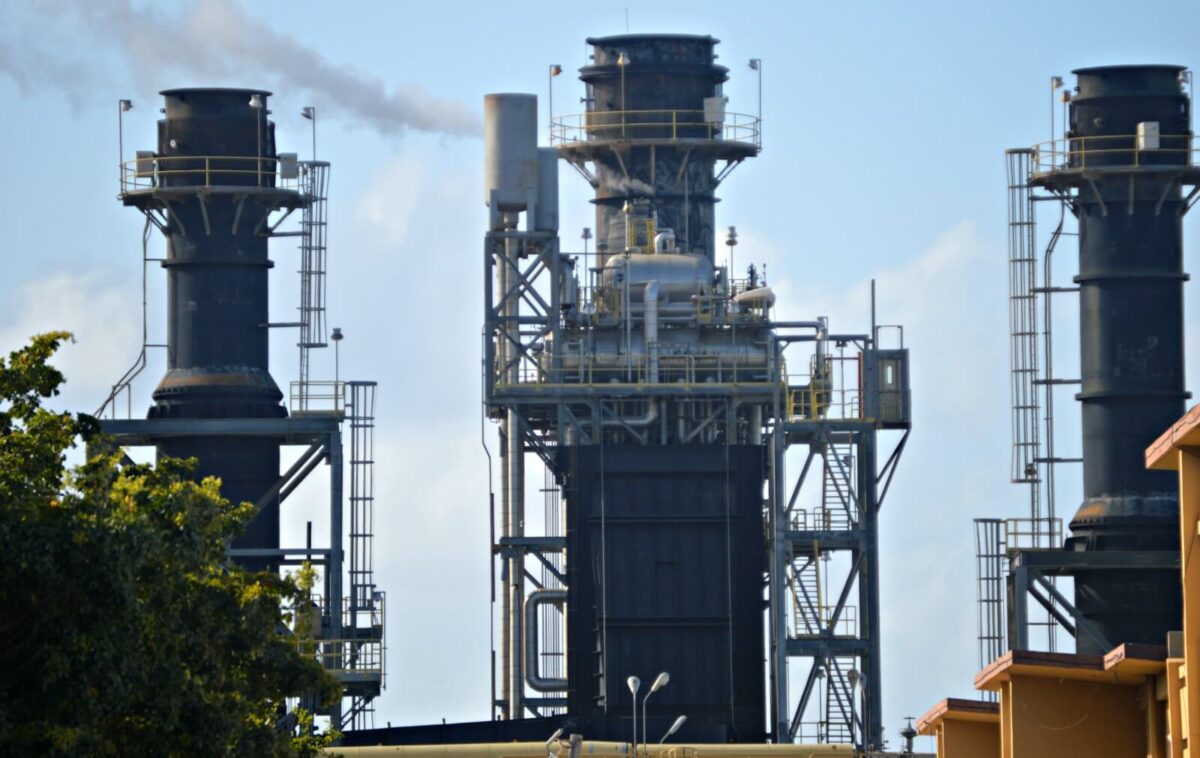From Ashes to Assets: Making an Informed
Decision on Buying a Damaged House- this is a guest blog by Courtney Rosenfeld
Buying a home is one of the biggest investments anyone can make, which is why
it’s essential to perform the necessary due diligence when making such a
significant purchase. However, what happens when you’ve found the perfect
property, only to discover that it has suffered significant damage? Whether from
a natural disaster, burst pipe, fire, or other catastrophic event, discovering
damage in a potential home can present a dilemma for buyers. Should you move
forward with the purchase, negotiate repairs, or back out of the deal altogether?
In this article from Real Solutions Real Estate & Management Services, we’ll
explore what to do when buying a home with significant damage.
Navigating the Complexities: Hire an Attorney
The first step to take when discovering significant damage in a potential home is
to hire a real estate attorney. A real estate attorney can help provide legal advice
throughout the process and ensure that all aspects of the transaction are
handled properly. They can also review the home sale contract and assist in
negotiating the terms of the sale.
Consulting an Expert: Discussing Options with Your Agent
Next, call your real estate agent to assess your options. They have years of
experience in the industry and can guide you in deciding whether to continue with
the purchase or renegotiate the price based on the repairs required. They can
also help navigate the inspection process and negotiate with the seller. In
addition, your real estate agent can offer valuable insights on the potential resale
value of the property after repairs, helping you determine if the investment is
worth it in the long run. They can also provide recommendations for local lenders
who are familiar with financing options for damaged properties, ensuring a
smoother mortgage approval process.
Don’t Get Overwhelmed: Organized Housing Documents
Organize your housing documents by color-coding files. This seemingly simple
step can help you keep track of all necessary documents, including inspection
reports, insurance information, and repair estimates. Color-coding and labeling
files specific to a particular repair or issue can help you find what you need
quickly in the future.
Examine the Details of the Contract
Review the home sale contract and understand its terms. This contract should
stipulate what should happen if any damage is discovered during the inspection
process. It should also outline whether the seller or buyer is responsible for
repairs. Understanding the terms of the contract can help you decide whether to
move forward with the purchase, renegotiate, or back out altogether.
Seeing Clearly: Having an Evaluation
After reviewing the contract, have a home inspector and contractor assess the
damage. Having professionals assess the damage can help you better
understand the severity of the issues and the necessary repairs. They can also
provide estimates for repair costs, which can aid in negotiations with sellers.
Negotiating the Big Picture
Finally, do a thorough walkthrough before closing. This walkthrough provides an
opportunity to ensure that all necessary repairs have been made and that the
property is in the condition agreed upon in the contract. If there are any
outstanding repair issues, negotiations can continue to allow for necessary
repairs before closing.
Purchasing a damaged house can be a risky yet rewarding endeavor. By taking
the necessary precautions and seeking professional advice from a real estate
attorney and agent, you can make an informed decision. Organizing your housing
documents with color-coded files will help you stay on top of the process and
ensure a smooth transaction. Remember, turning ashes into assets is possible
when you approach the situation with caution, diligence, and the right resources.
For boutique realty services in the US Virgin Islands, contact Real Solutions Real
Estate & Management Services today!

